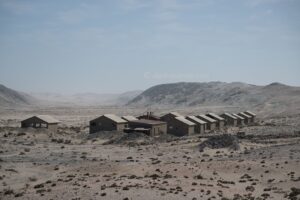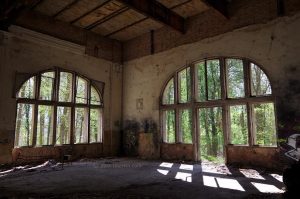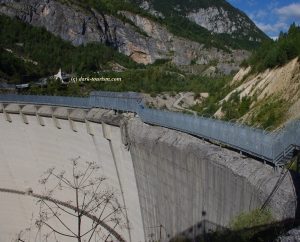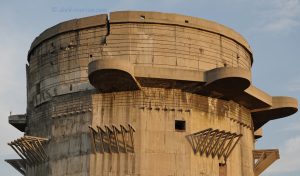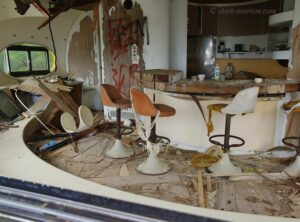
Wanli urbexing
Since the previous Blog post about Auschwitz was topically about as dark as it can get, I decided to offset that with a post about something at the lighter end of the dark-tourism spectrum: urbexing (from ‘urban exploration’, visiting abandoned structures for fun if you, like me, enjoy the aesthetics of dilapidation and decay – in fact on my website I say that urbex only overlaps with dark tourism, but as it’s one of the least touristy categories it’s one I often enjoy a lot).
Wanli is a largely abandoned beach resort park on the north coast of Taiwan. Officially it is a district of New Taipei City, but is actually far from being ‘urban’ in the literal sense; instead

